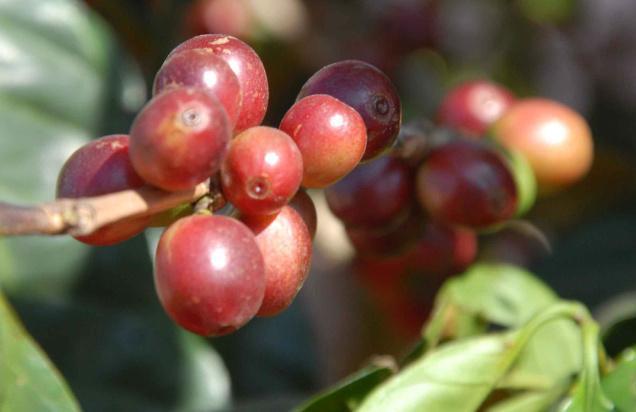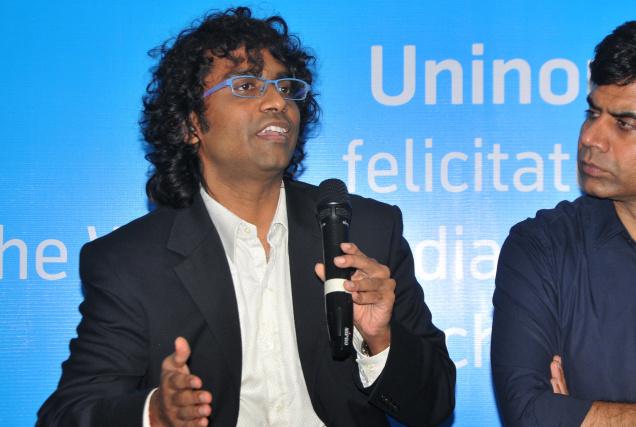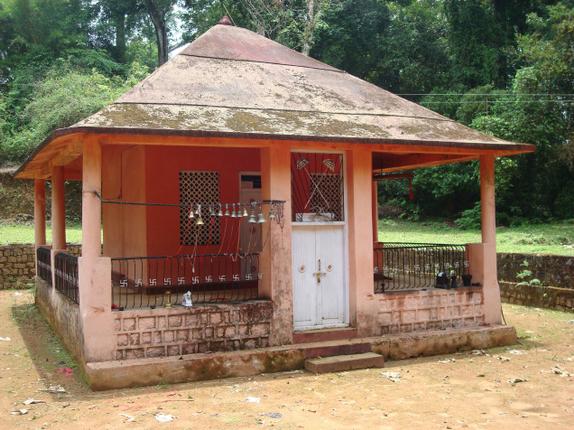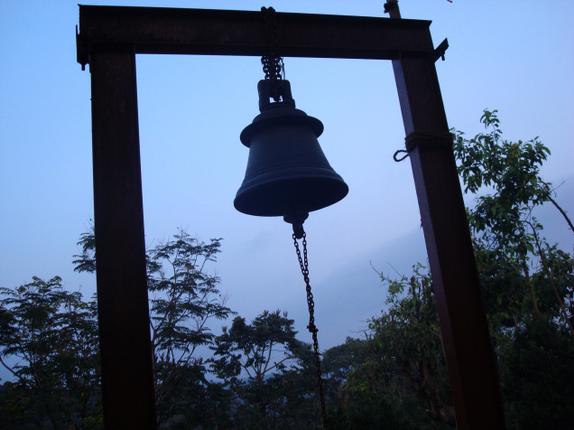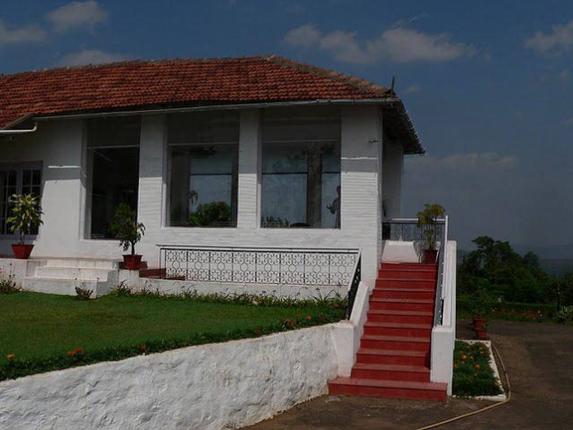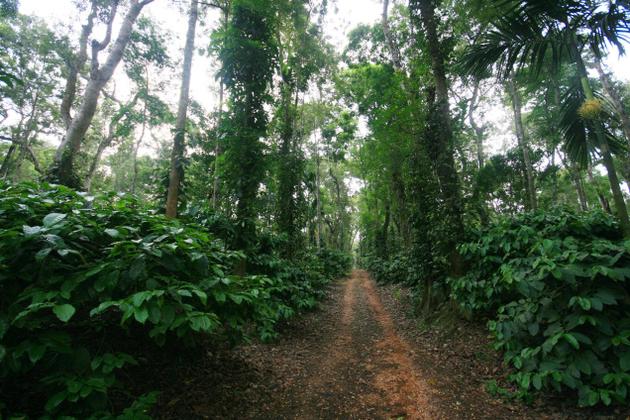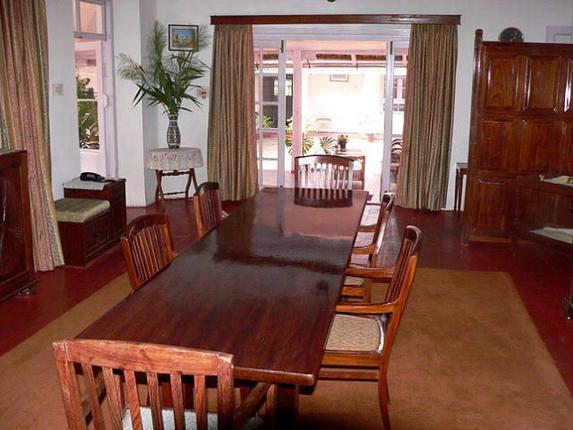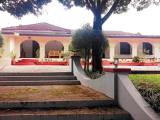Mysuru :
Kodagu tourism department in association with district administration and a private software company from Bangalore has developed a touch screen tourist information kiosk. According to tourism department sources, this is said to be first of its kind kiosk in India to leverage IT technology and holistic approach to developing tourism in Kodagu besides facilitating the tourists visit.
Tourism authorities claim that touch screen facility to tourists will bring a unique brand identity for Kodagu by helping them to utilize rich history, heritage, events, festivals, activities, coffee, legacy of kings and unique culture along with its cuisine.
Using agile methodology, the website portal developed concentrating IT and non IT services will provide varied information to the tourists. In later stages a fully developed website portal works will reveal the tourist information on Kiosk, computer, laptap, mobile, iPAD and tablet. Disclosing about the project , Tourism department assistant director V Panisha said the project aims to develop fully operated web portal service in five phases in two years of tenure. At present the released android mobile application is focused on Kodagu tourist content and ability to contact home stay owners, local artists, resorts and tour operators also aims to tap the services of booking accommodations, tickets for events and seats availability for various cultural and socio events.
The kiosk will be having the same features that website portal will have. The Kodagu tourism will propose to set up “Coorg house” to unveil the rich tourism potential of Kodagu, he added. Augmented reality is a technology that overlays an image, video or information from GIS on top of Google map or any other map. In the smart phones with GPS device fitted, navigation assistance in local language with information fed from GIS, Koisk will have the information in English and Kannada in text and video format, he said.
Panish said Kodagu tourism department and district administration would like to provide hassle free and enriched tour experience to tourists in coming days. And this web portal service will create local job opportunities and many unemployed having little IT knowledge will get jobs, Panish added.
Chief minister Siddaramaiah inaugurated the kiosk on 3 November at the newly built district office complex and expressed his happiness on the venture. Siddaramaiah said Kodagu tourism department and district administration should utilize the IT technology to develop and boost tourism in this picturesque hill district known for its natural beauty.
Panish said the department has sent a proposal to the state government to spread this facility to all the tourist destinations in the state and important tourist arrival places. ” Most notable feature of the kiosks and new technology is the tourists are prevented from being cheated by agents, touts and middlemen and they can directly bargain with the facility providers,” he said.
source: http://www.timesofindia.indiatimes.com / The Times of India / Home> City> Mysuru / by M B Maramkal, TNN / November 07th, 2014


